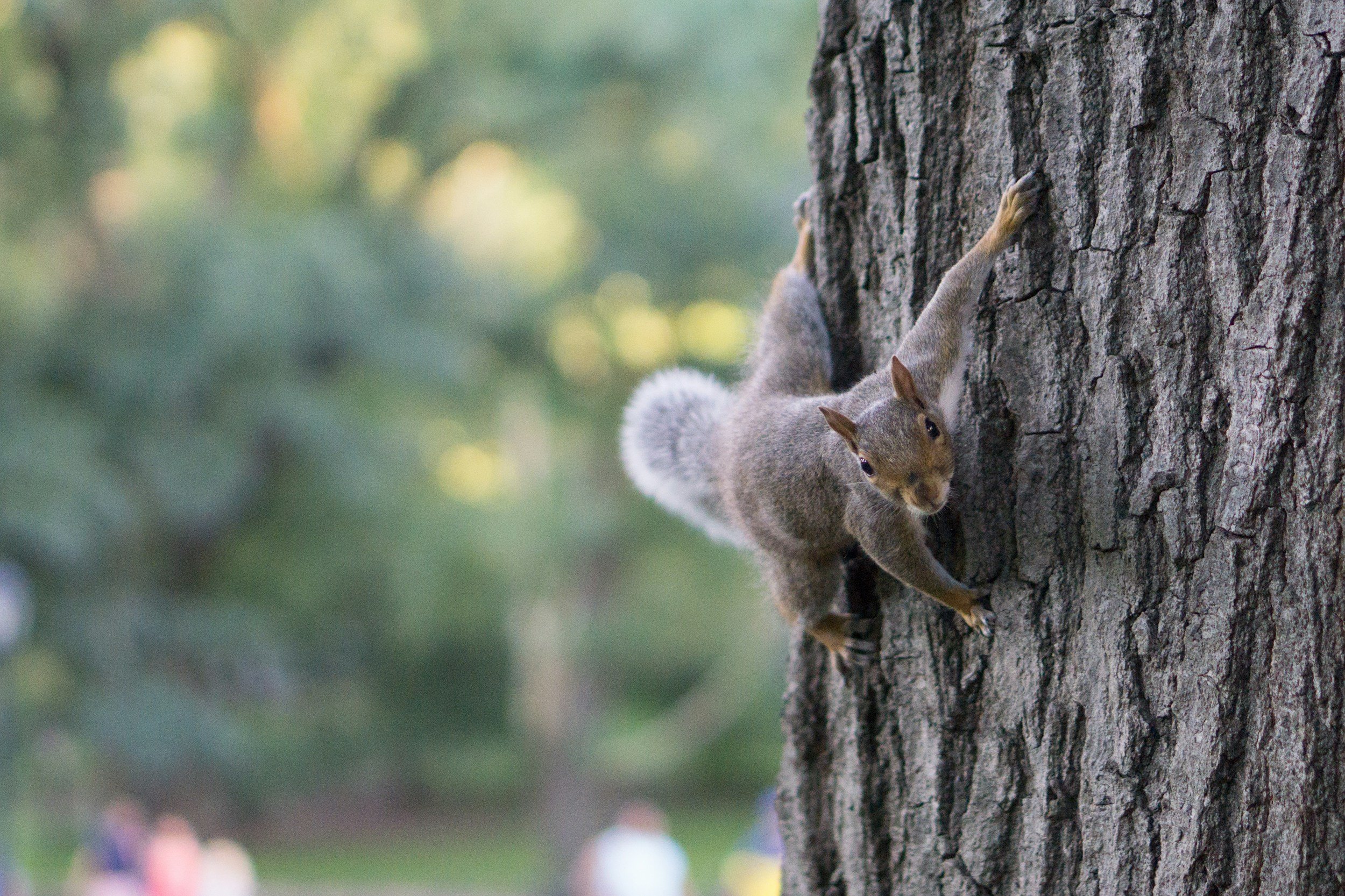Protecting plants from wildlife
It seem stupid considering that in resent years the new has been championing biodiversity by creating heavens for animals in urban areas I am now writing about protect garden from wildlife. As much as we love wildlife and want to encourage it in our gardens, we don’t want our newly planted borders nobble and nibbled back to nothing every year. Animals are smart and they know an easy source of food when they see it and your border can be just that.
So what can we do?
The first task is to identify what is eating your plants.
Deer may leave tracks in the soil and make clean snips on herbaceous plants or tear woody plants
Rabbits make sharp cuts on herbaceous and woody plants and may leave pellet droppings
Squirrels will split shells or husks of nuts, and dig up bulbs
How can I stop them eating my plants
Here are a few suggestion for you to check out for each animal.
Deer
Plants
Solution - There are deer resistant plants that they don’t like eating.
Downside - This will reduce the amount of plants that you can use in you border quite drastically.
Tree protection
Solution - Tree guards will be necessary to protect young trees from deer. The best way of doing this is to place three or four stakes or poles around the trunk so that the deer cannot get close enough to damage the bark.
Downside - Might look a bit odd but it less obtrusive that the fence.
Fence
Solution - A 6 - 8 foot fence will work on most deer but the fence need to be made of robust material.
Downside - You have to live with a fence obscuring your border.
Entrance to your garden
Solution - Consider replacing you garden gate with a deer proof one.
Also hedges have been proven to work better that fences in keeping out deer. The hedge has to be dense and 6 to 8 foot tall. A ditch in front of the hedge will make it more effective.
Downside - There is more upfront cost in this solution.
Rabbits
Plants
Solution - There are rabbit resistant plants that they don’t like eating. Aromatic, fuzzy or spiky plants tend to work well
Downside - This will reduce the amount of plants that you can use in you border quite drastically.
Tree protection
Solution - Protective tree spirals should be used to protect young trees to stop the rabbits nibbling the bark.
Downside - This might be a short term solution because rabbit also like chewing plastic but it better that your tree.
Fence
Solution - A 2 -3 foot fence will work on rabbits but the most determined rabbit will burrow under. You might have to burry the fence up to 2 feet under ground as well.
Downside - You have to live with a fence obscuring your border.
Squirrels
Netting
Solution - Netting can be placed over areas where bulbs have been planted, to deter squirrels from digging them up.
Downside - This will only work if there is only bulbs in this planting area. Other plants may need more room.
Time
Solution - Squirrel tend to become less interested in bulbs once the have flowered that first year. So if you wait they should loose interest
Downside - The bulbs have to survive the first year. We once had hundreds of bulbs dug up from a single garden.
Chicken Wire
Solution - bulbs can be placed in a plastic basket with chicken wire over top. The basket is then buried at the correct depth for the bulbs. the bulbs will grow through the wire but the squirrels won’t be able to get them.
Downside - Very involved planting method. No other plants can be plant above this area.
I’m sorry this isn’t a conclusive outline of how to stop wildlife damaging your plants. The truth is, as with all living things, there isn’t one answer and what might work in some instances might not for you. Trial and error is the only way you will work out what is right for you and your garden.



